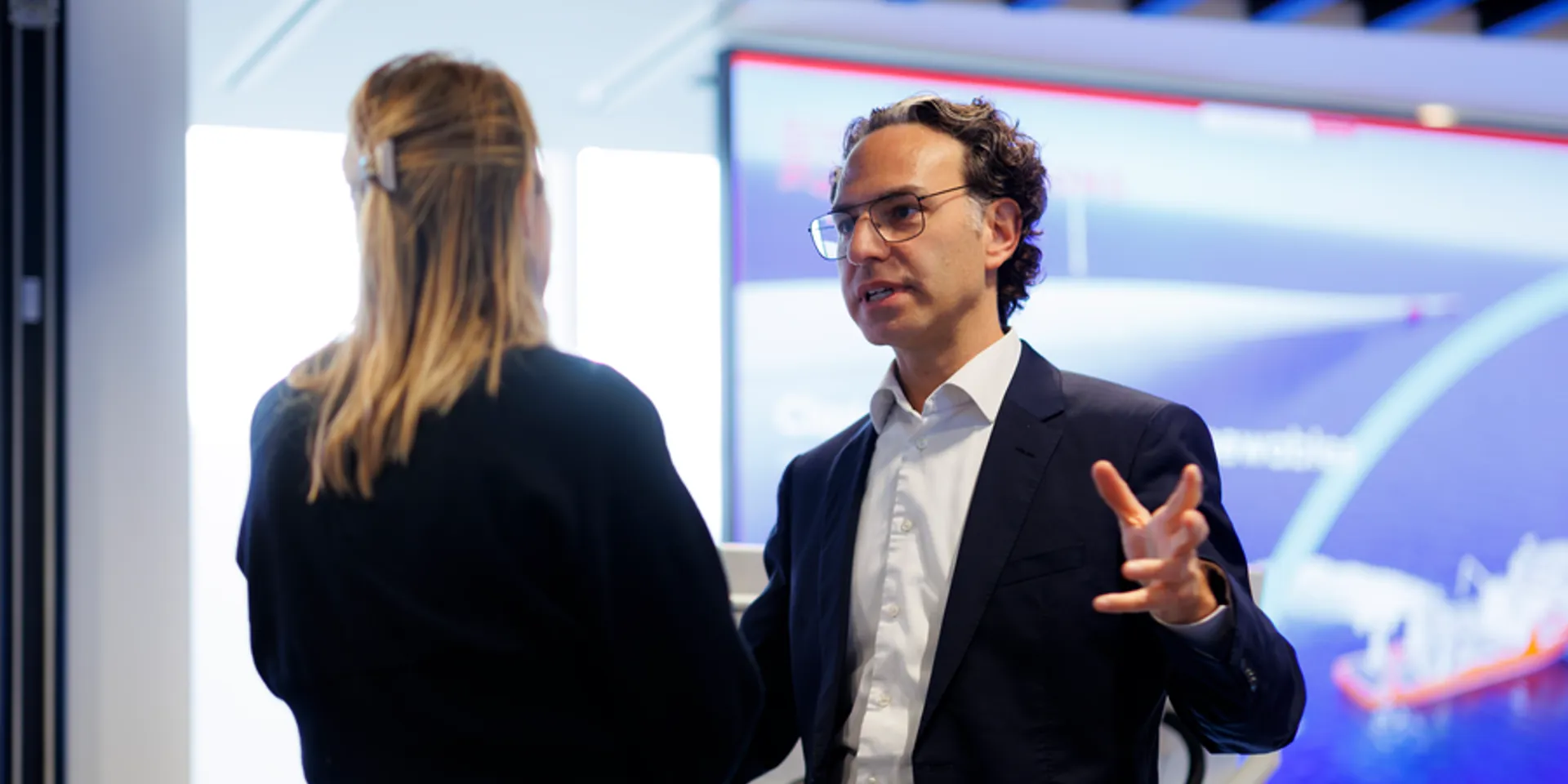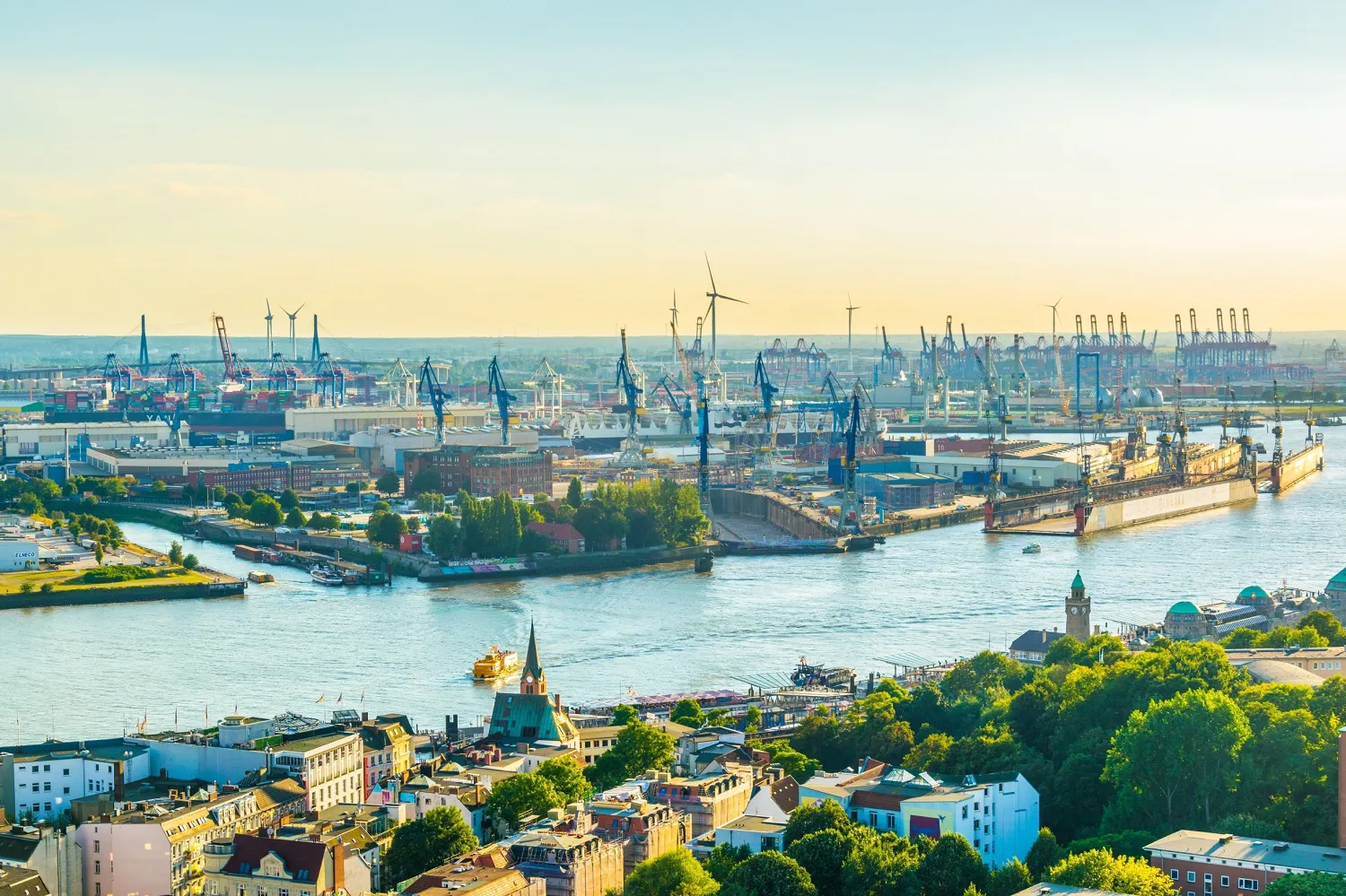
Dry Cargo expands with new team in Hamburg
We are very pleased to share that our Dry Cargo team has expanded its reach with a new desk in the Hamburg office.

Green Technology Tracker: Record Investments in Alternative Fuel
Clarksons Research have today released their latest Green Technology Tracker, including full year 2024 data points, charting the progress of alternative fuel uptake and investments in energy saving technologies across the global shipping fleet.

Welcoming Jona Desselberger to the Newbuilding desk
We are very pleased to announce that Jona Desselberger has joined us here at Clarksons with immediate effect. Jona is extremely well known in the industry having enjoyed a distinguished career specialising in Newbuildings and Project S&P business.
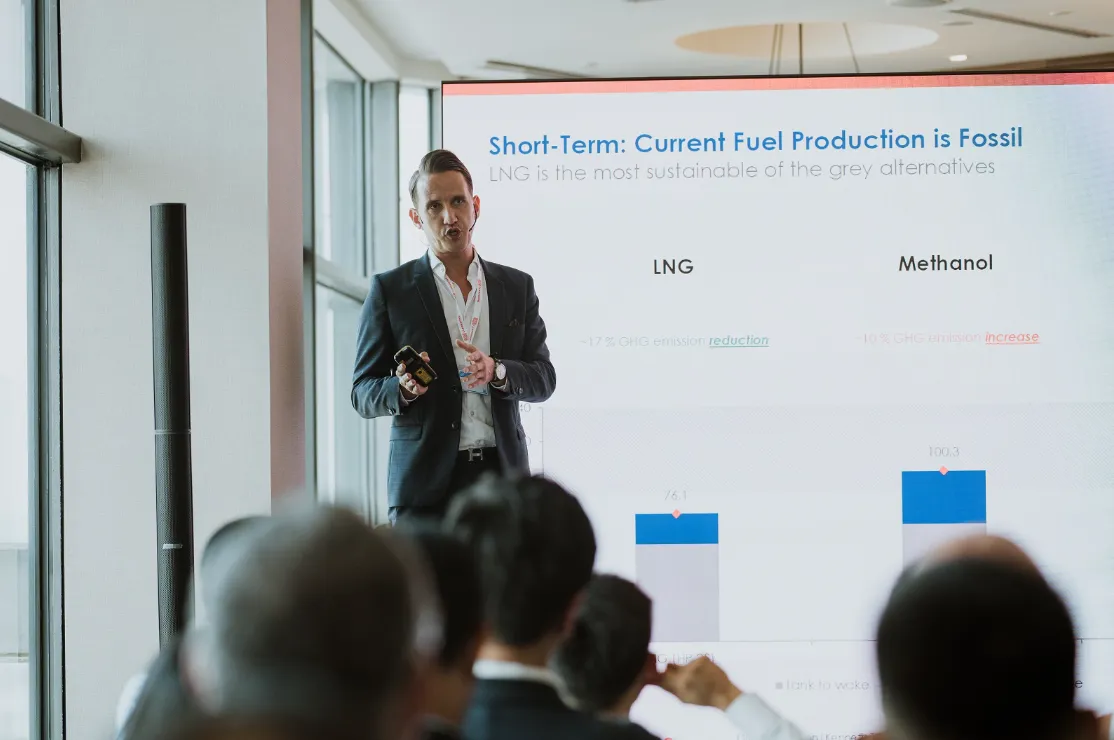
How are brokers helping to drive the fuelling transition?
How are ship brokers helping to drive the fuelling transition?
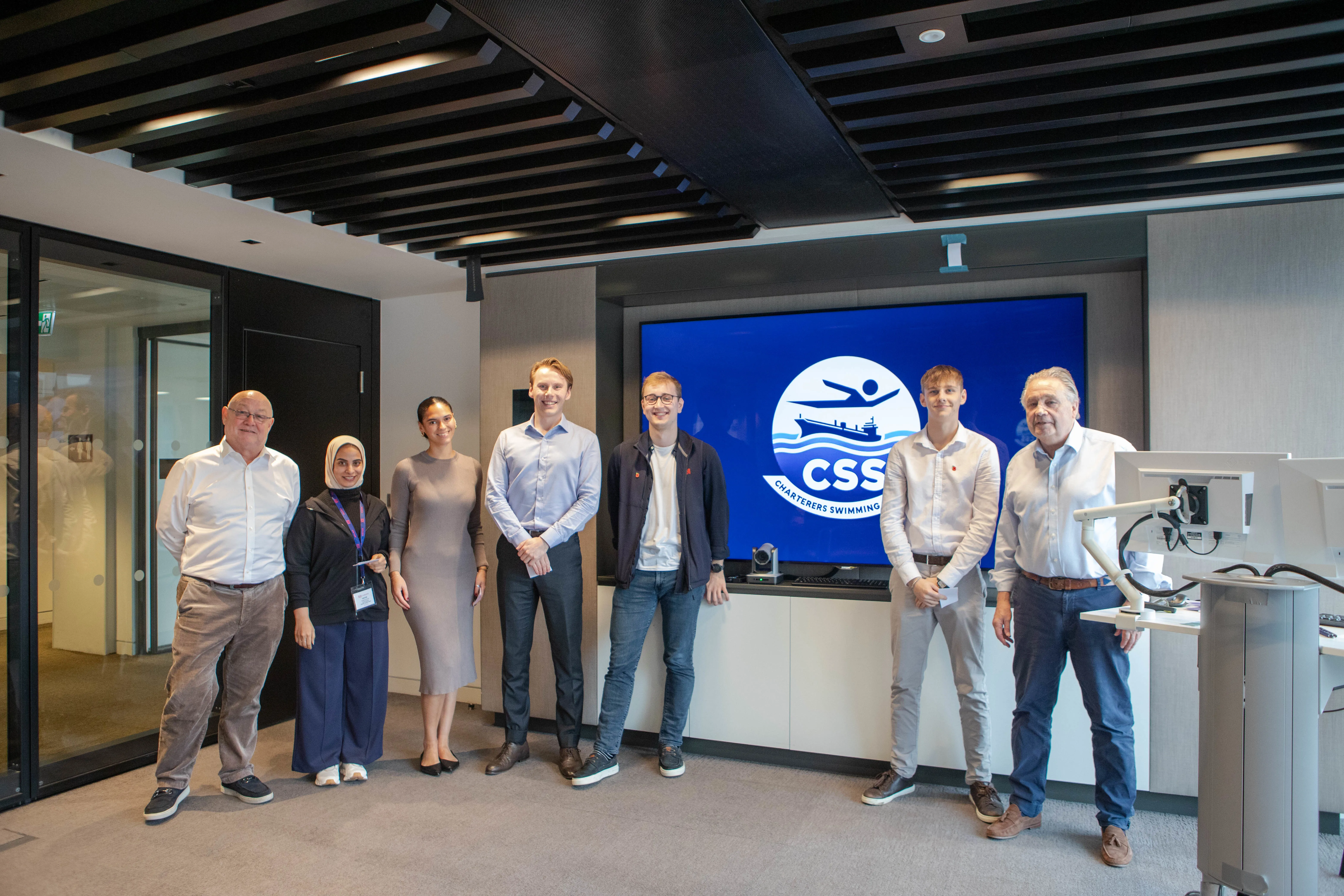
Tanker Training Week 2024: Dragons' Den Showdown & Chartering Challenge
Last week we opened Clarksons London headquarters for Tanker Training Week, our annual five-day training course, providing employees and clients with strong foundations for working in the global tanker industry.
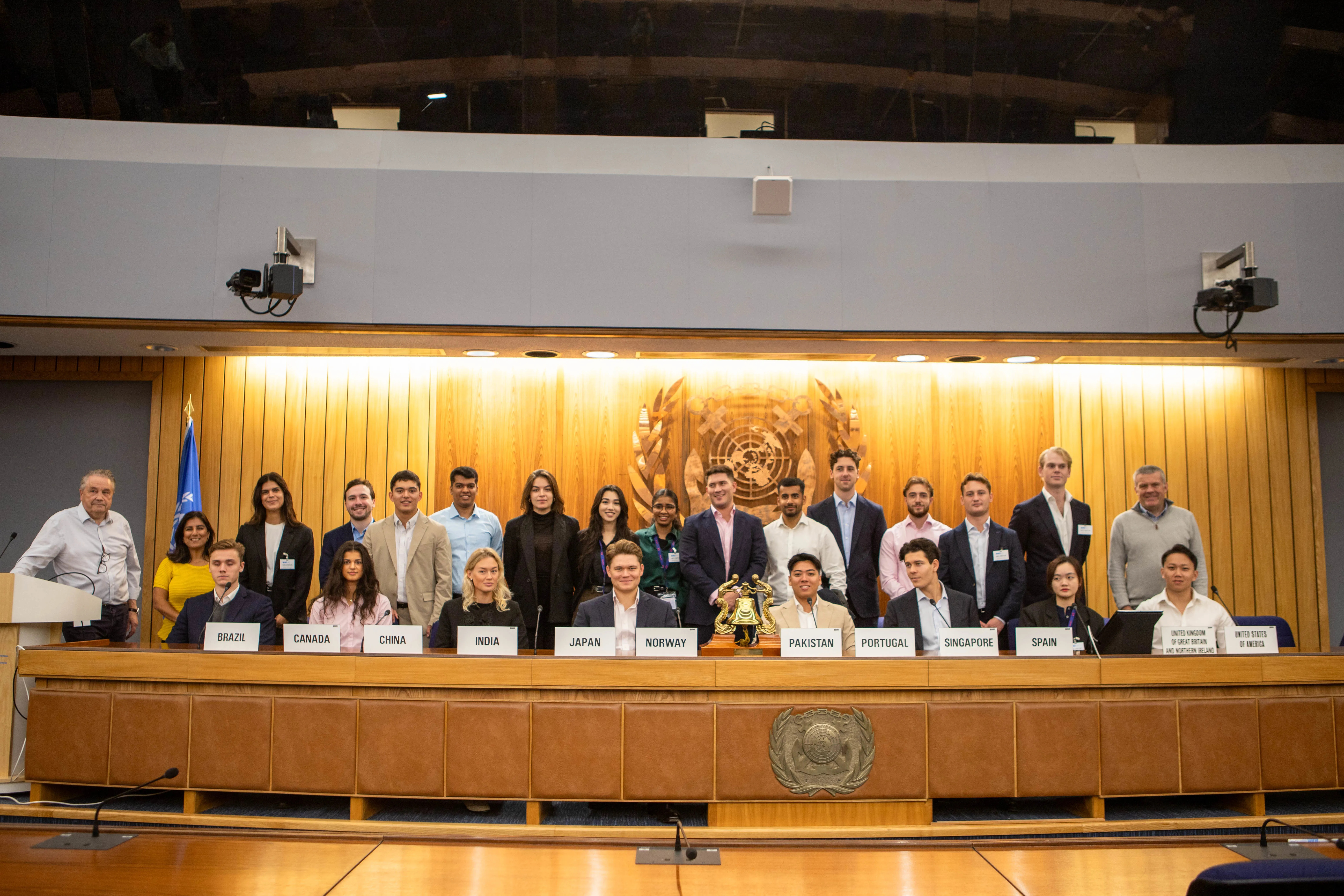
Welcome to our 2024 Global Trainee Broker Programme Cohort
This October, Clarksons welcomed 22 trainees onto the programme, based in our Dubai, Houston, London, New Delhi, Oslo, Singapore, Shanghai, & Tokyo offices.
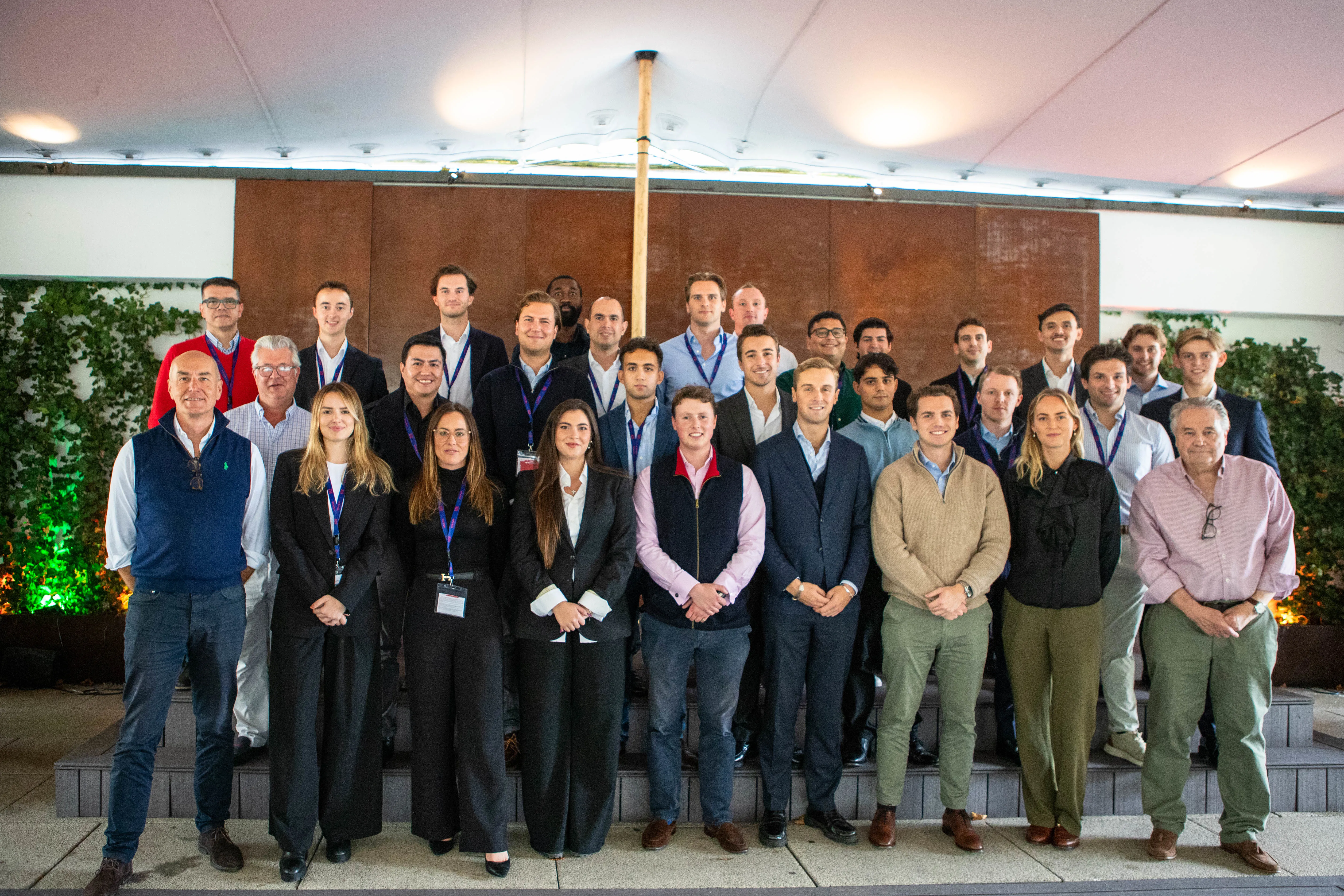
Dry Cargo Shipping Diploma 2024: The dragons return...
This year’s Dry Cargo Shipping Diploma, held at Commodity Quay now in its 12th year, was attended by 30 participants - our largest group to date. The one-week programme is available to Clarksons employees and clients who are in the early stages of their careers.

Clarksons Annual Charity Giving Day raises £250k for five incredible causes
Clarksons hosted its annual charity giving day on the 12th September raising £250k for five incredible charities. A big thank you to the 280 participants, and the hundreds more who supported this year's event. Read more about the activities and understand the causes that were at the heart of the fundraising.

Clarksons expands Deep Sea Tanker Projects offering with new desk in Rio de Janeiro
Clarksons is pleased to announce the establishment of a new desk in Rio de Janeiro, bringing Tanker market expertise to South America. The new desk will be led by new appointment and seasoned market expert, Bruna Carvalho de Lima.
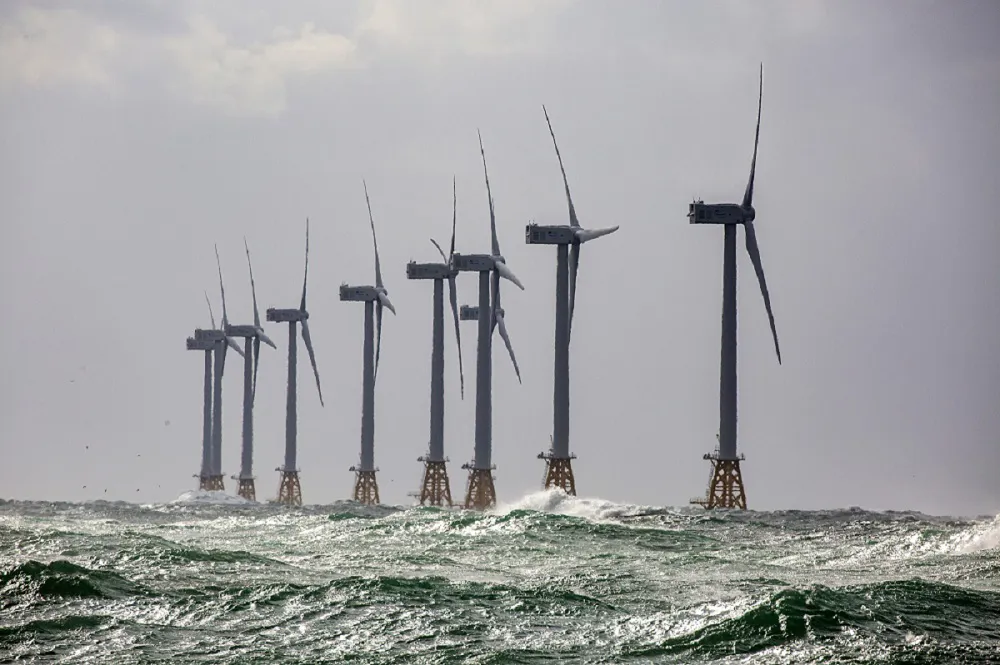
South Korea Accelerates Offshore Wind Power
South Korea is making significant strides in developing its offshore wind energy sector. The country’s Ministry of Trade, Industry, and Energy (MOTIE) is launching key initiatives to bolster renewable energy capacity, including a public-led project and a comprehensive roadmap aimed at transforming offshore wind in South Korea. Additionally, a floating offshore wind project in Ulsan recently reached an important milestone. In this article, we look at some of the recent developments in South Korea’s offshore wind sector, which are giving the Clarksons Korea team a sense of real optimism.

Clarksons expands Middle East offering with new Sale & Purchase desk in Dubai
Clarksons is pleased to announce the expansion of its services in the Middle East with the establishment of a dedicated Sale & Purchase (S&P) desk within its Dubai office. Leading the Dubai S&P team is Tim Barraclough, who celebrates 25 years with Clarksons this year.

Clarksons Appoints Steve Ryoo to Drive Offshore & Renewables Expansion in South Korea
Clarksons Offshore & Renewables is thrilled to announce the appointment of Steve Ryoo as Broker and Country Manager in South Korea. With a career spanning over a decade in the marine salvage, dredging, and offshore wind sectors, Steve is set to bring invaluable expertise to the team.

